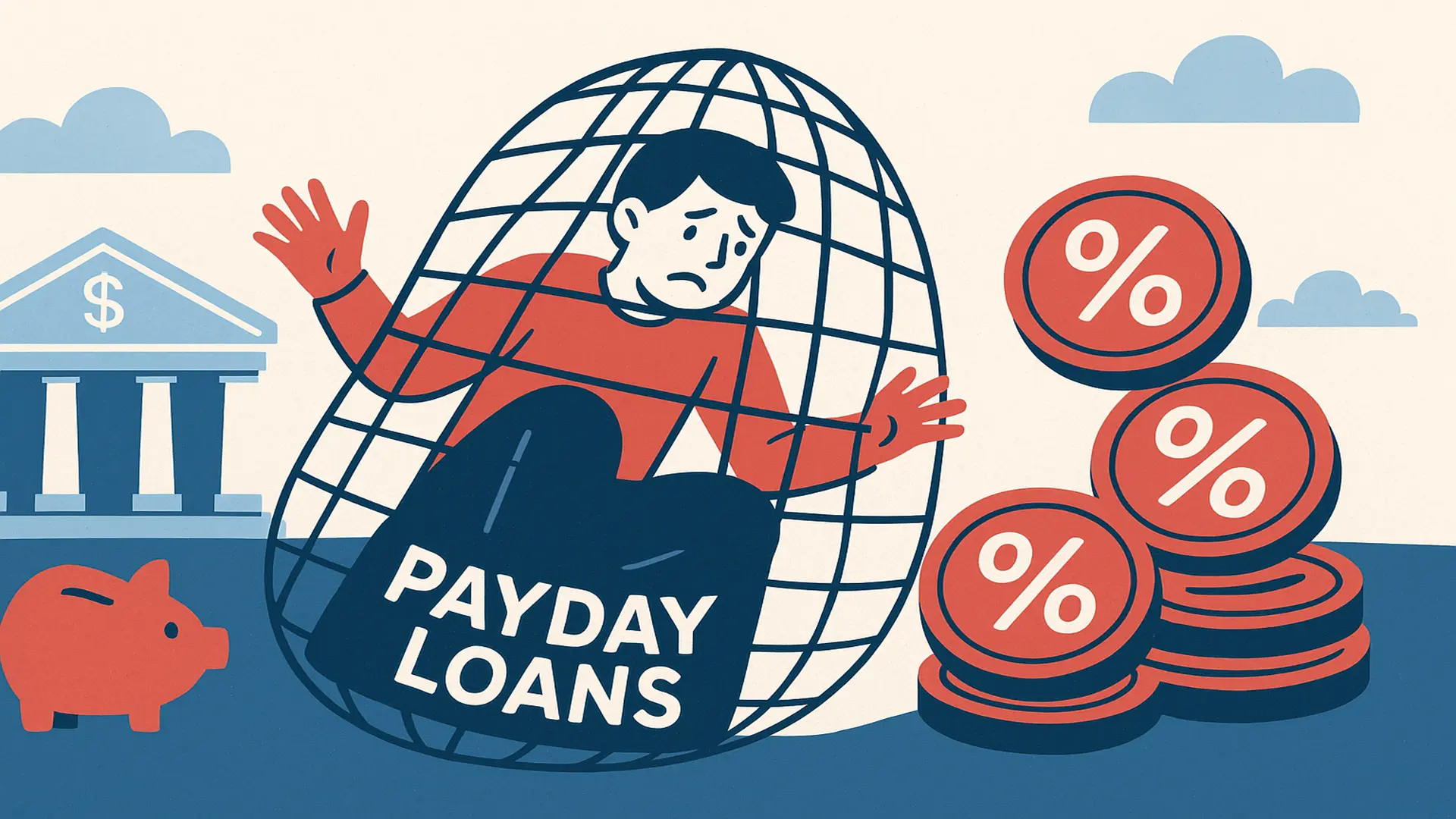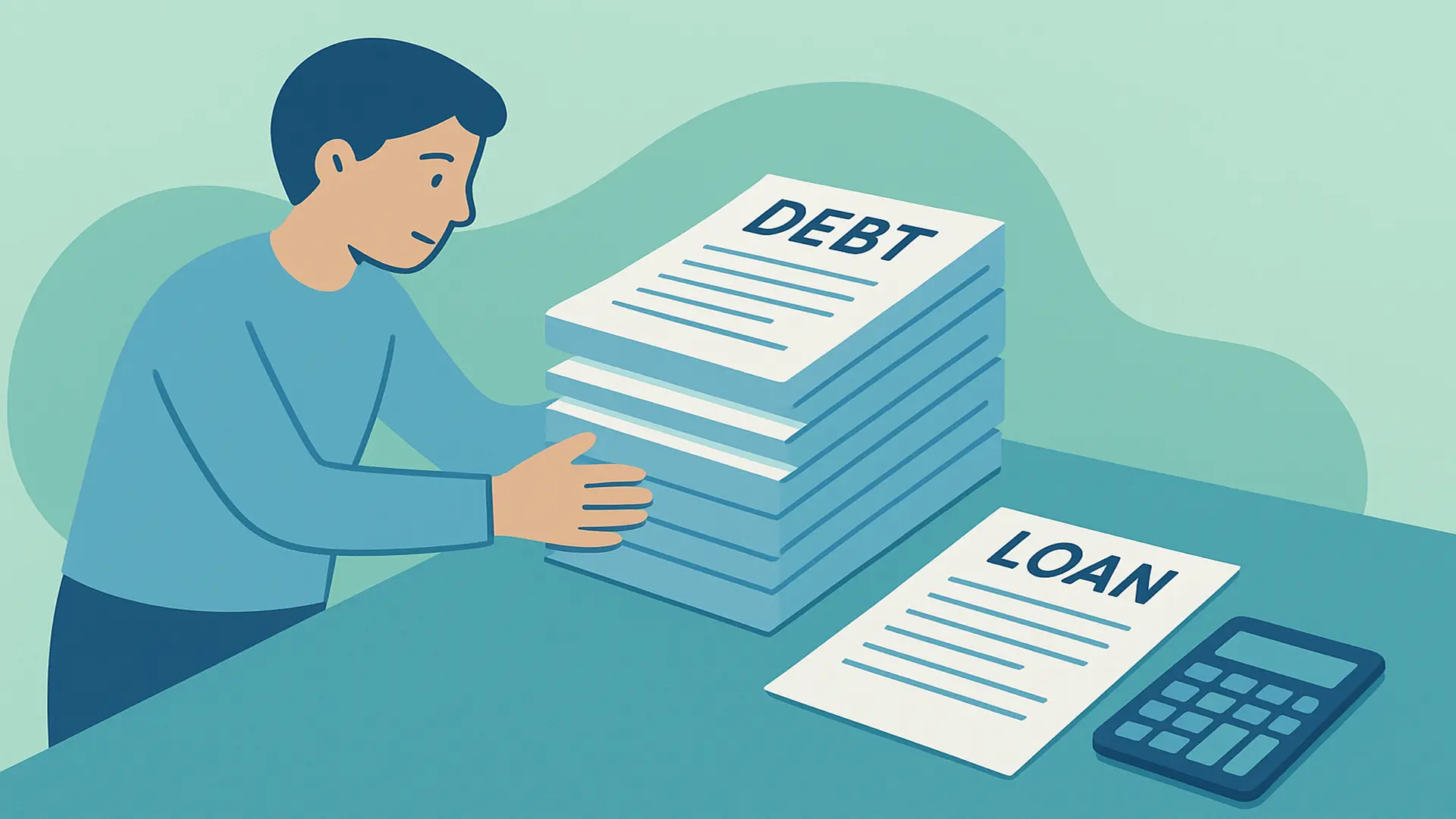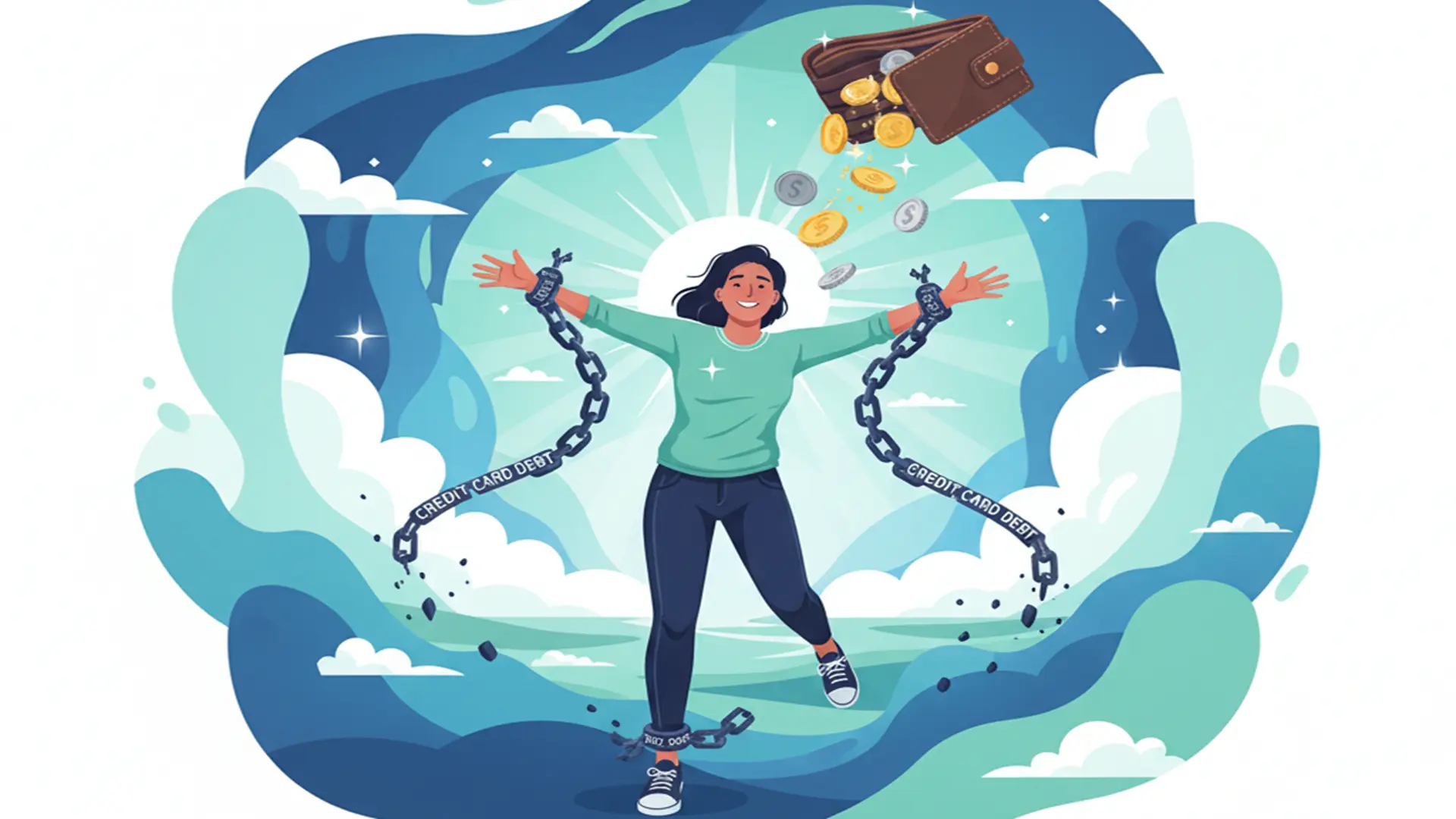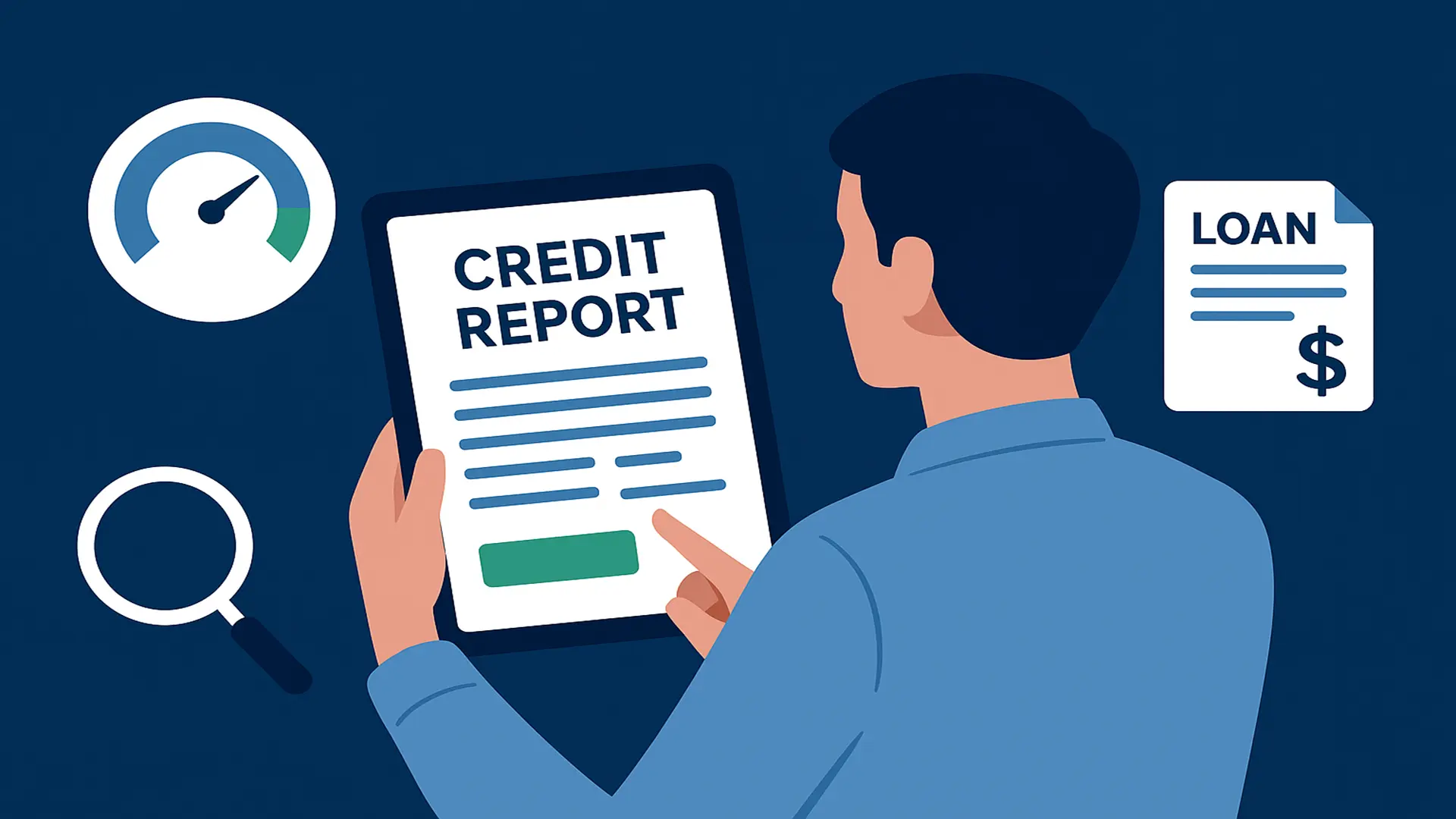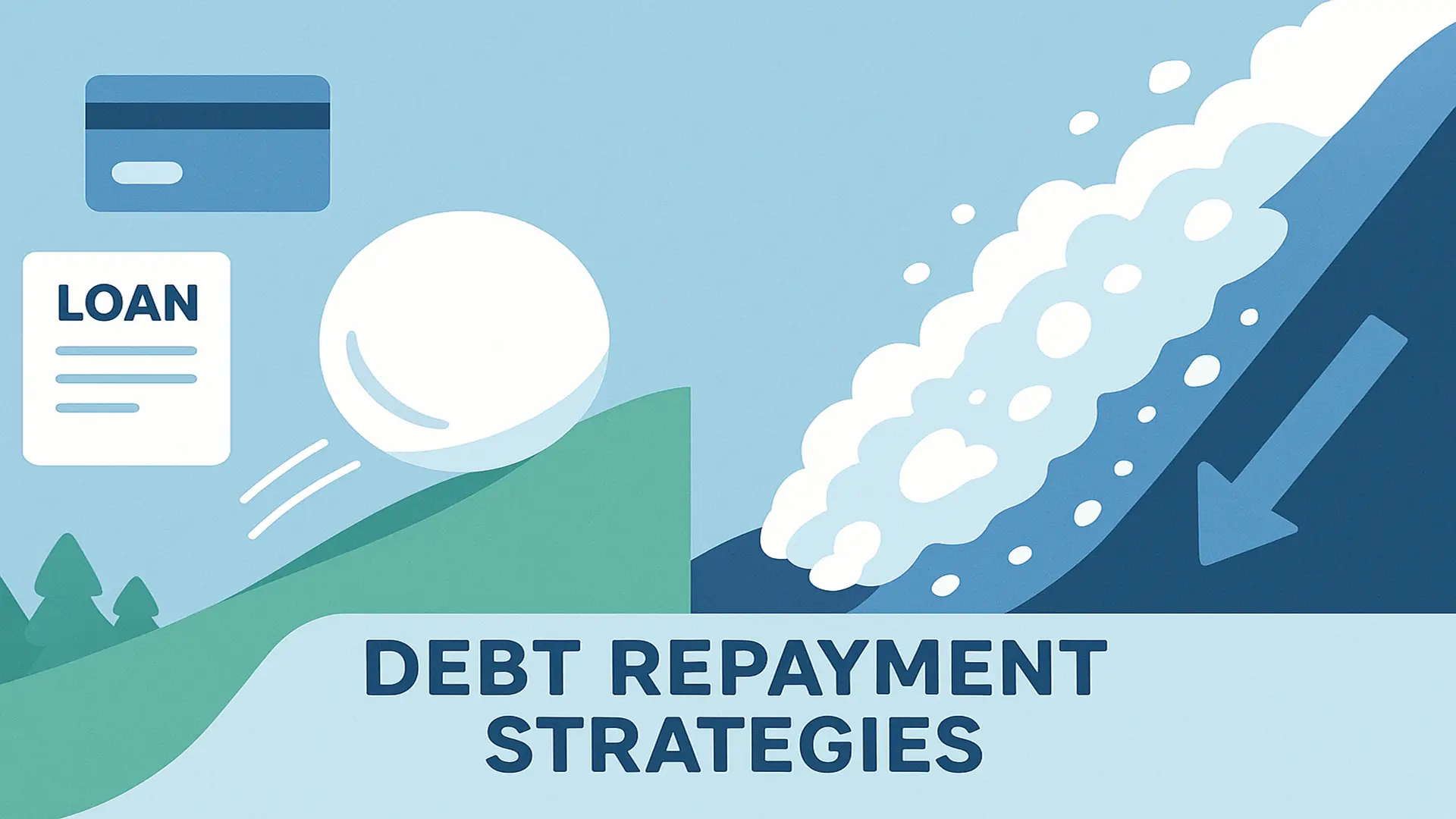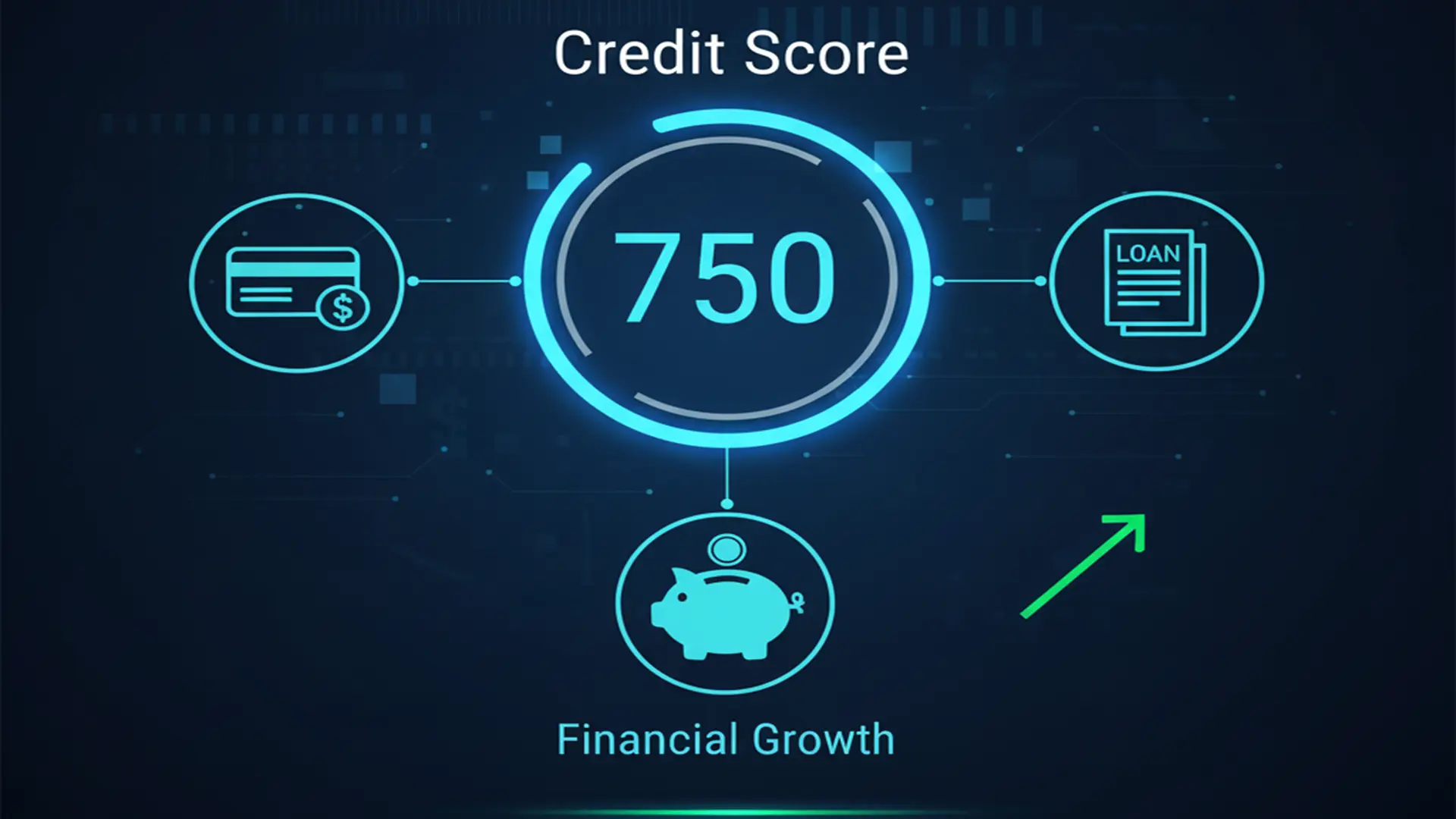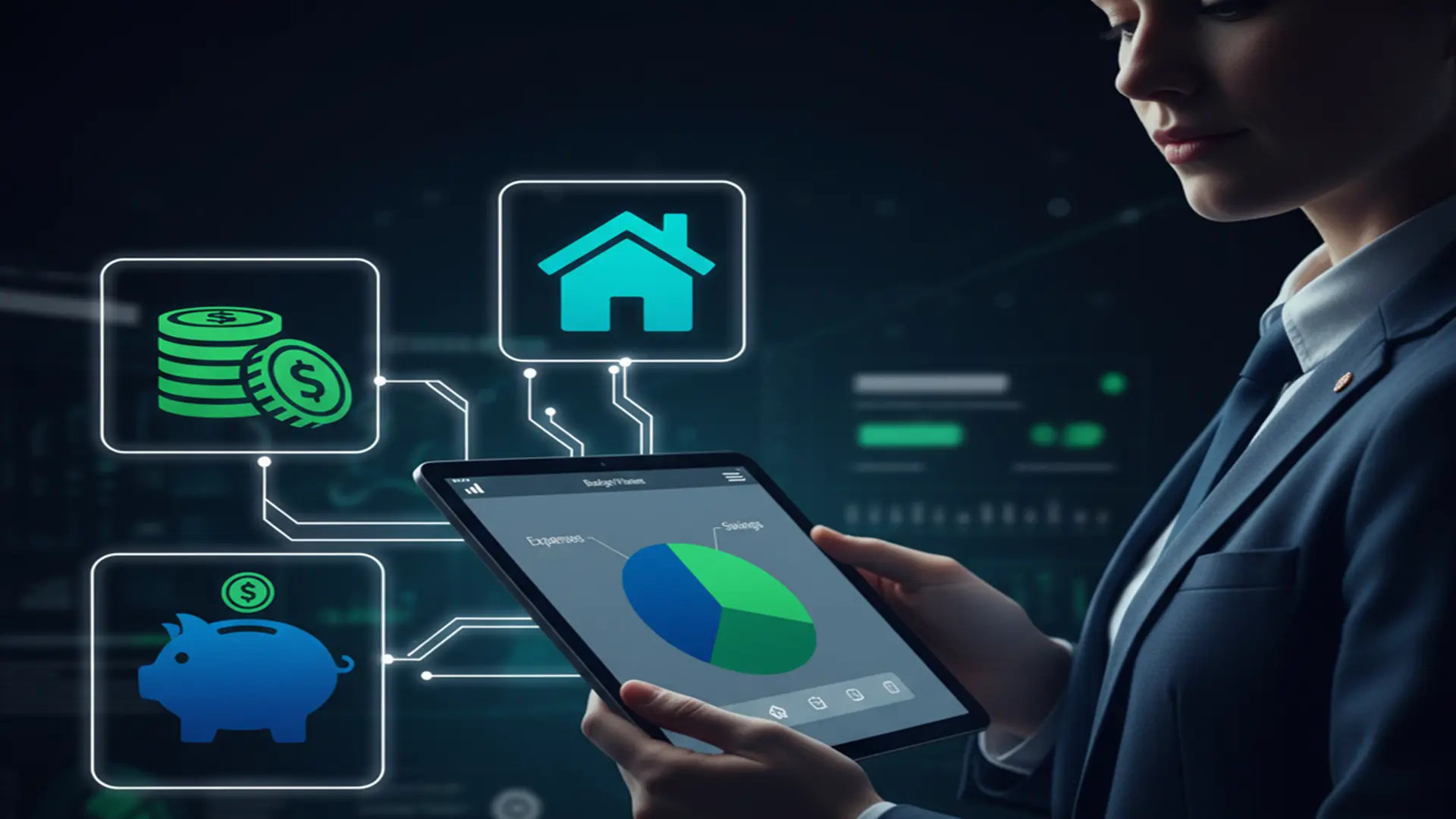Payday loans offer instant cash in times of need but their high interest rates could keep low-income families in an endless loop of credit. In India the short-term loans usually have APRs (APRs) of 300% or higher which makes them the most risky option. Knowing the risks is essential to ensure financial stability. This article explains the dangers of payday loans as well as their effect on your financial situation, and offers better options to manage cash deficits. Be sure to protect your budget by understanding the dangers and making educated decisions.
What Are Payday Loans?
Payday loans are short-term loans intended to cover expenses until the next payday. Typically, they are between up to Rs50,000, and have to be repaid within 15-30 working days. They are advertised by lenders as quick solutions to emergencies such as medical expenses or rent. In India Payday loans are provided by online lenders local lenders, as well as non-regulated moneylenders.
They are simple to obtain, usually just requiring ID documents and bank details They are therefore appealing for those earning low-incomes. However, their ease of access hides high costs. A report on financials for 2025 shows that 40 percent of payday loan borrowers in India have trouble repaying in time, resulting in grave consequences.
Sky-High Interest Rates
The main risk of cash advances is the high interest rates. In India APRs vary between 100% and 500%, as opposed to 12-36% for personal loans and credit cards. For instance, a $10,000 loan at 2% per day interest (a typical rate) is priced at Rs200 per day. If you don’t pay it back within 30 days, you’ll owe an additional Rs16,000 which is 60% more.
For households with low incomes earning between Rs15,000 and Rs20,000 monthly, these prices aren’t sustainable. The 2025 RBI advisory warns that high-interest loans can consume as much as 30% of income that is disposable and leave little to pay for necessities. The result is that repayment becomes nearly impossible without taking out another loan.
The Debt Trap Cycle
Payday loans can lead to an endless spiral of debt. If you aren’t able to repay the loan on when the deadline is due, banks will offer extensions of the loan in exchange for the cost of. This increases the interest rate and can increase the amount of debt. For example, extending the loan of Rs10,000 for another month at 2% per week could increase the amount by 60 days.
People with low incomes, who aren’t able to cover the entire amount, get the loan again to pay for previous ones. A study in 2025 found that 50percent of people who use payday loans in India are able to borrow more than once a year, increasing the amount of debt. This traps families in financial difficulties, making financial stability difficult to achieve.
Impact on Credit Scores
Late or missed payday loan payments could affect your score on credit. In India the majority of lenders are reported to credit bureaus such as CIBIL as well as Experian. One missed payment could lower your score by 50 to 100 points, impacting the likelihood of getting loan approvals in the future. For people with low incomes having a lower score can mean higher interest rates for other credit and a heightened financial burden.
Even if you make repayments on time, a high utilization of credit due to payday loans can harm your credit score. Maintaining balances at a low level and avoiding borrowing frequently is crucial. A damaged credit score restricts the possibility of obtaining credit at a reasonable rate such as personal loans and credit cards.
Hidden Fees and Lack of Regulation
In many cases, payday loans come with hidden charges, such as processing fees or penalties for late payment. In India the majority of lenders operate online without regulation, which can lead to shady practices. A report on consumer protection in 2025 highlighted instances in which borrowers were charged Rs2,000 in fees on a $10,000 loan. The costs are not always revealed upfront.
Unregulated lenders could also resort to aggressive collection strategies, such as harassment calls or threats that can create emotional stress. People with low incomes, who are desperate for quick cash are particularly vulnerable. Be sure to understand the terms of loan and avoid lenders that have no clear guidelines.
Alternatives to Payday Loans
As opposed to payday loan, look into more secure options. Personal loans from banks such as SBI or HDFC offer lower rates (10-15 10%) and more extended term of repayment. For example, a personal loan with interest of 12% is much less expensive than a payday loan with a 300 APR of 3. You can determine your eligibility based on income.
Government programs, such as the Indian Pradhan Mantri Mudra Yojana offers micro-loans to small-scale businesses or for emergencies. If you borrow from friends or family is a good option, and can eliminate the cost of interest completely. Setting up a tiny emergency reserve, if only just Rs500 a month, can eliminate the necessity for borrowing.
Steps to Avoid Payday Loan Pitfalls
To safeguard yourself, make your own budget that manages expenses as well as prioritize your savings. Utilize apps such as MoneyView that will be widely used for India for 2025. It can help you monitor expenditure and prevent cash shortages. If you need to borrow to fund your needs, look at the lenders you can compare and choose one that is regulated and has clear conditions. Do not choose lenders that offer “instant approval” without clear rates.
If you’re currently in the process of getting a payday loan, you should prioritize the repayment. Eliminate unnecessary expenses, like eating out, in order to free money. Talk to the lender about negotiating the payment schedule in case you are unable to repay in time. These steps will help you get out of the debt trap quicker.
Building Financial Resilience
Avoid the need for payday loans by developing financial habits. Set aside Rs100-Rs500 per month for emergencies even with a modest income. Look into side hustles such as making homemade products or working as a freelancer through platforms such as UrbanPro for a boost in the income. A survey of financials for 2025 has shown the 60% households with low incomes with emergency funds steer clear of high-interest loans.
Find out more about credit options and make informed decisions. The banks and the NBFCs of India provide affordable loans to those with low incomes. Planning for the long term helps reduce the need for instant cash and helps protect you from financial ruin.
Conclusion
Payday loans with high interest rates are a risky option for households with low incomes. Their high rates and debt trap cycle and impact on credit scores could cause financial disaster. By recognizing these risks and evaluating safer options such as savings or personal loans you can steer clear of costly mistakes. Begin budgeting, save little amounts and focus on lenders who are regulated. Making these changes today will ensure the security of tomorrow.
FAQ
Q: Why are payday loan interest rates so high?
A: Payday loans have high rates (100–500% APR) due to their short-term nature and perceived risk to lenders.
Q: Can payday loans affect my credit score?
A: Yes, missed payments or high balances reported to bureaus like CIBIL can lower your score by 50–100 points.
Q: Are there safe alternatives to payday loans in India?
A: Yes, personal loans, government schemes like Mudra Yojana, or borrowing from family are safer options.
Q: How can I avoid needing payday loans?
A: Build an emergency fund, budget wisely, and explore side hustles to cover unexpected expenses.
Q: What should I do if I’m stuck in a payday loan cycle?
A: Cut expenses, negotiate with the lender, and prioritize repayment to break the cycle.
